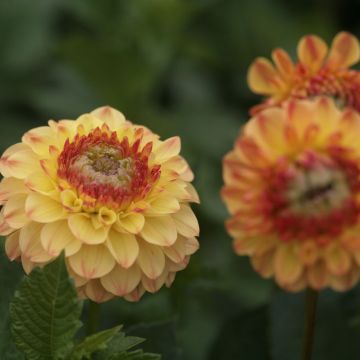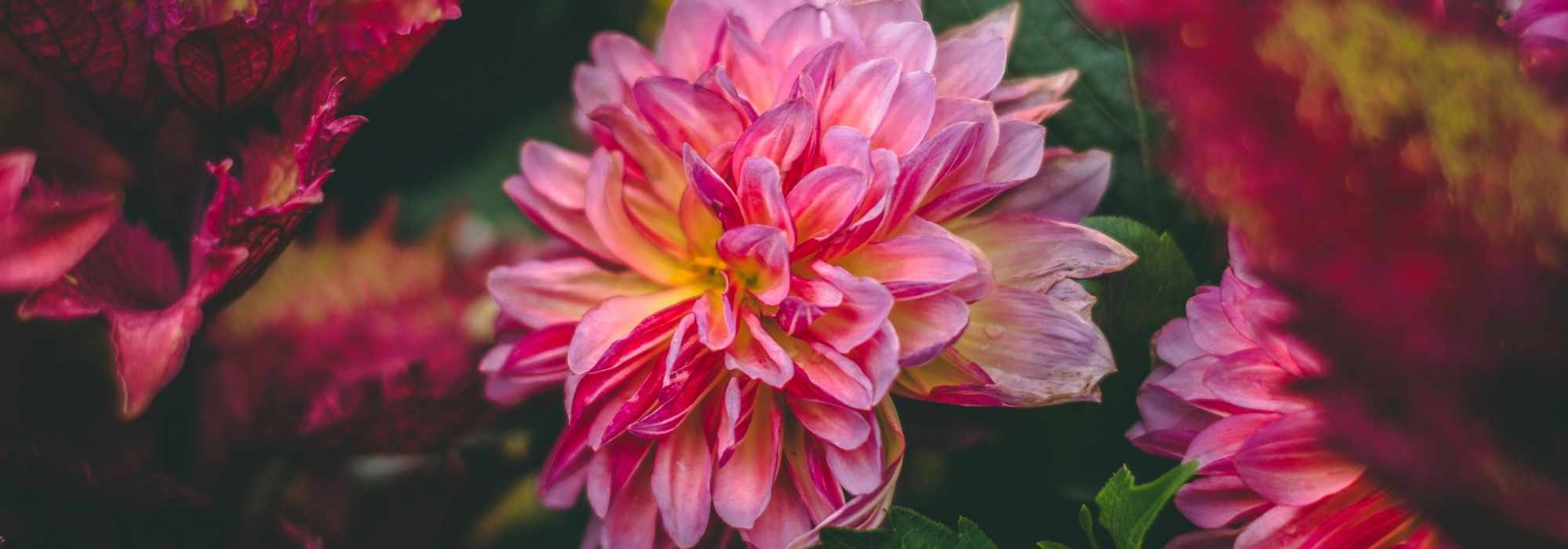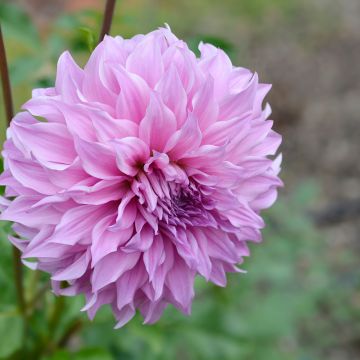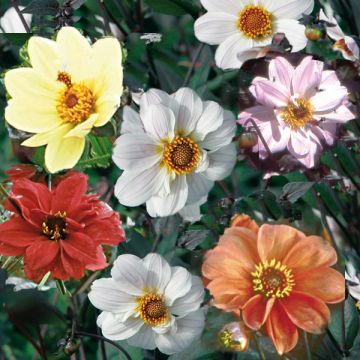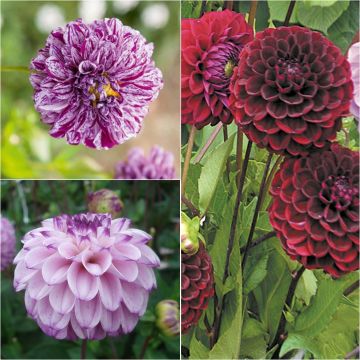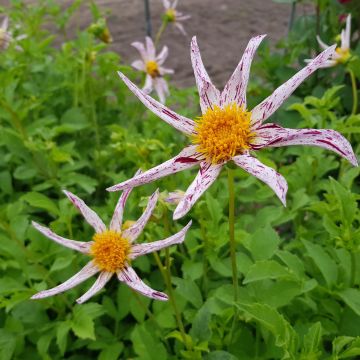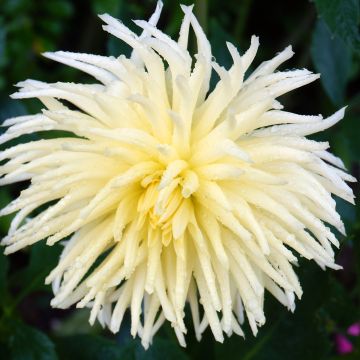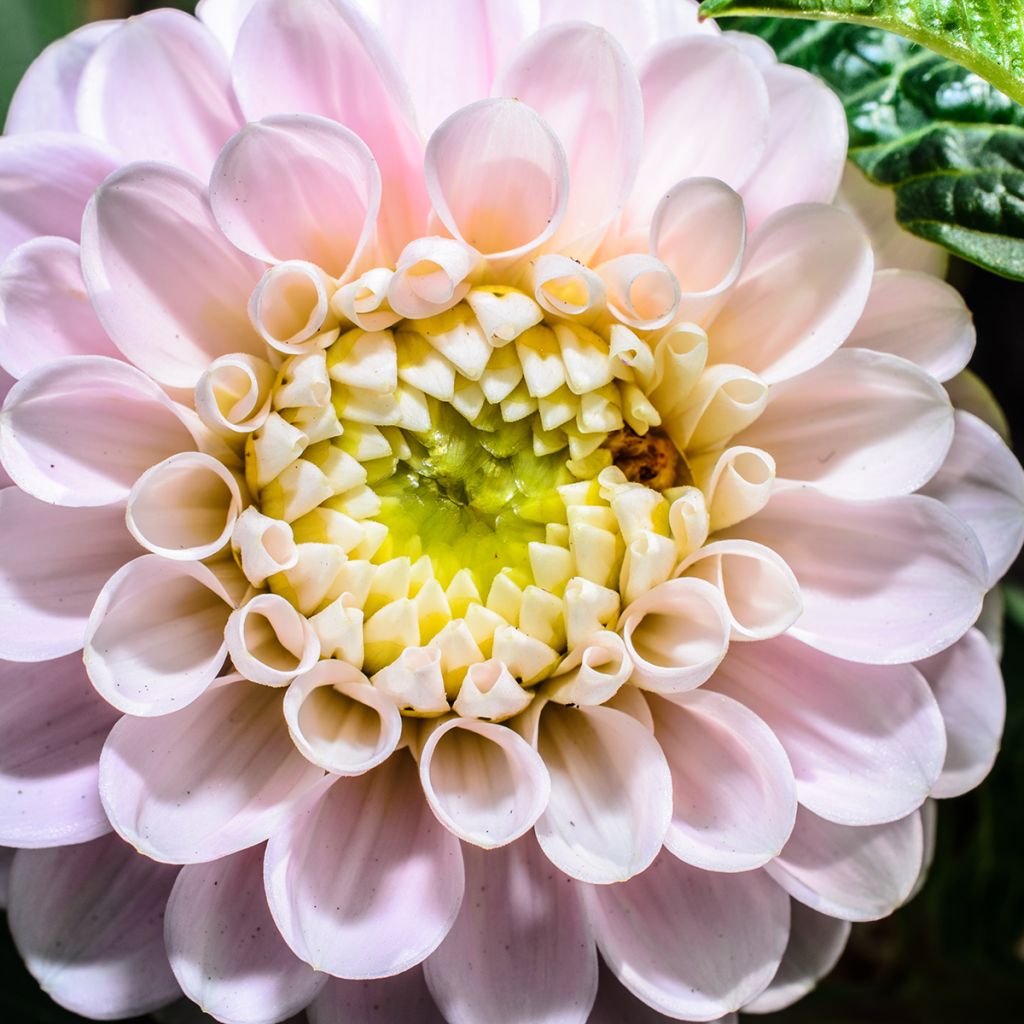

Dahlia Pink Pearl
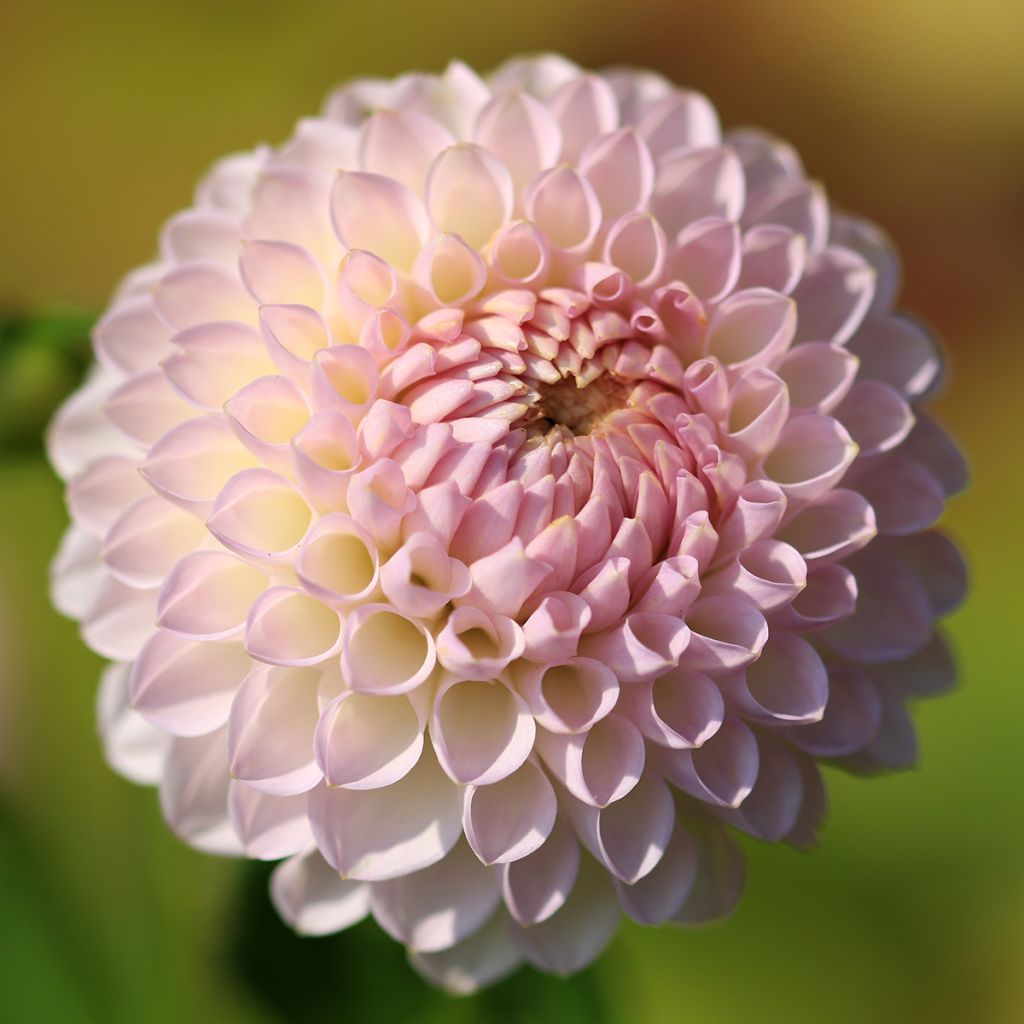

Dahlia Pink Pearl
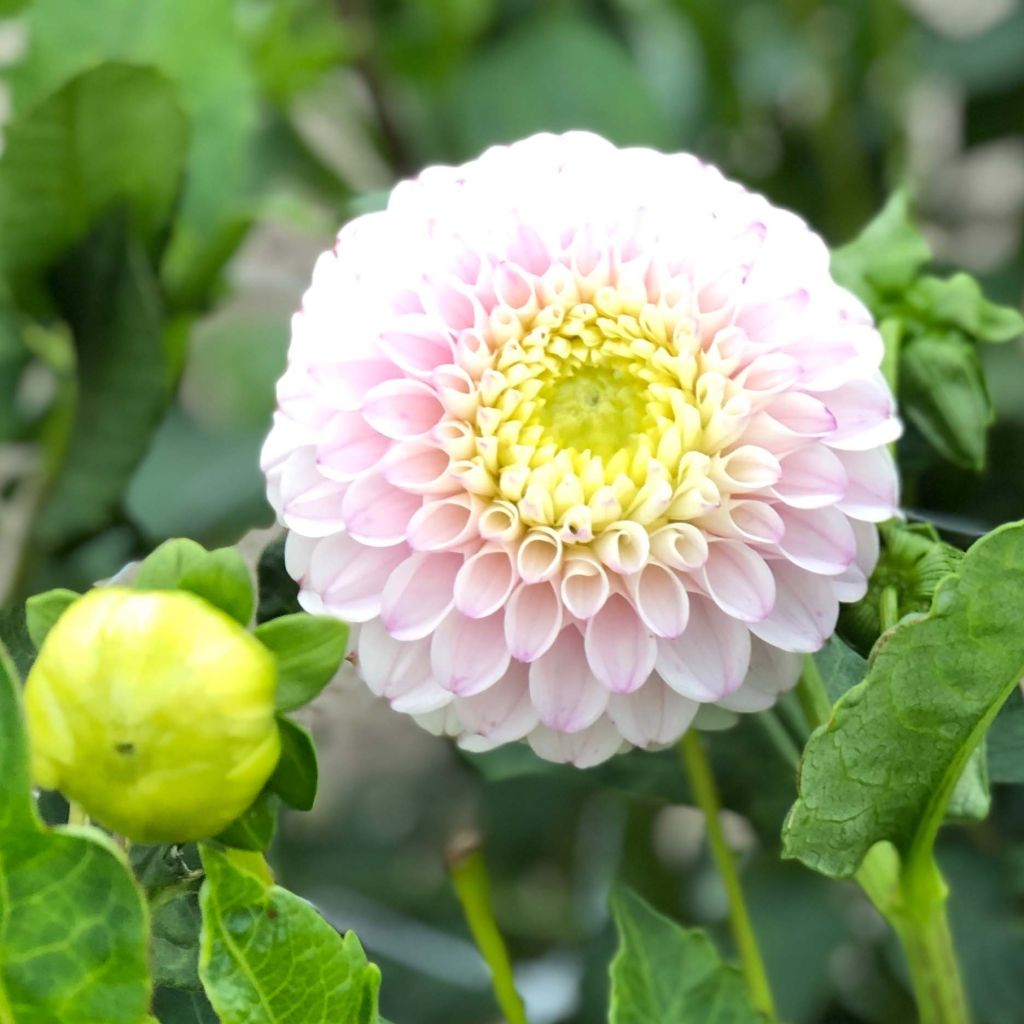

Dahlia Pink Pearl
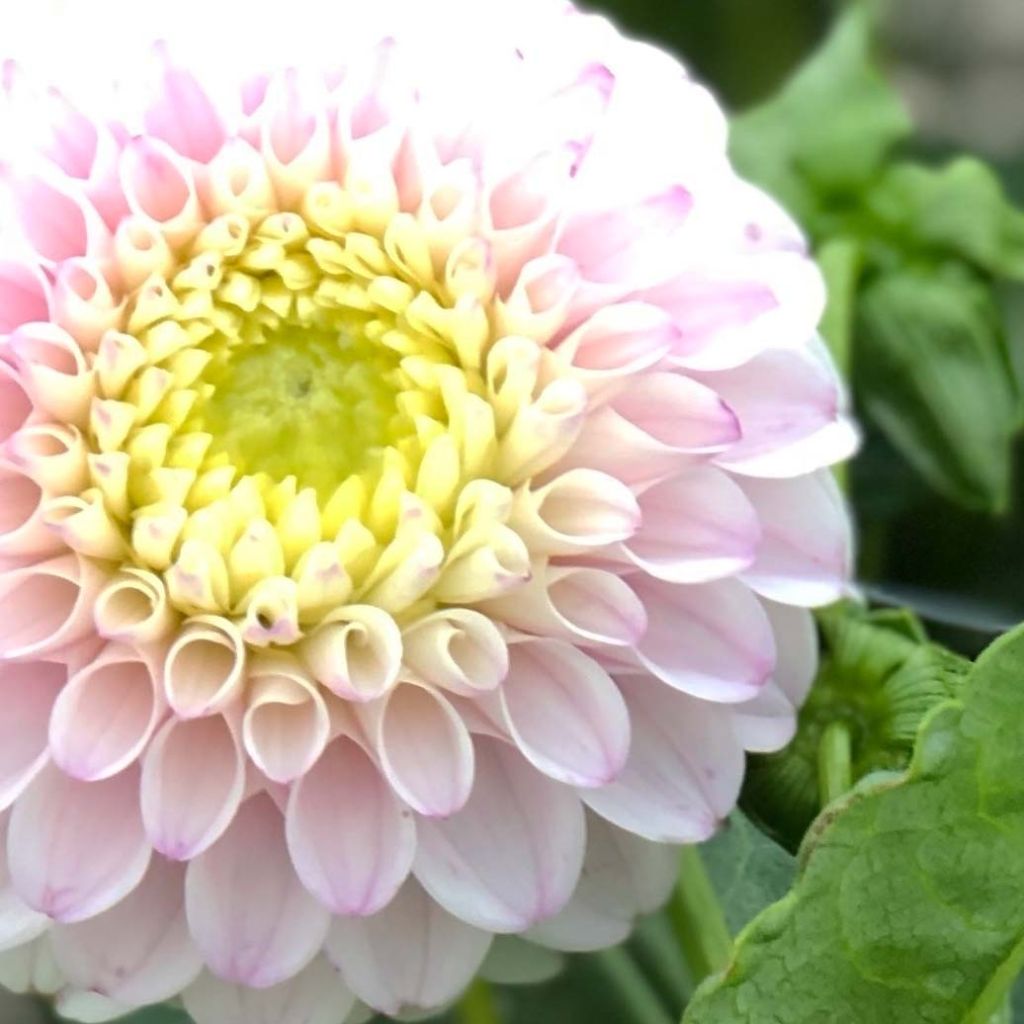

Dahlia Pink Pearl
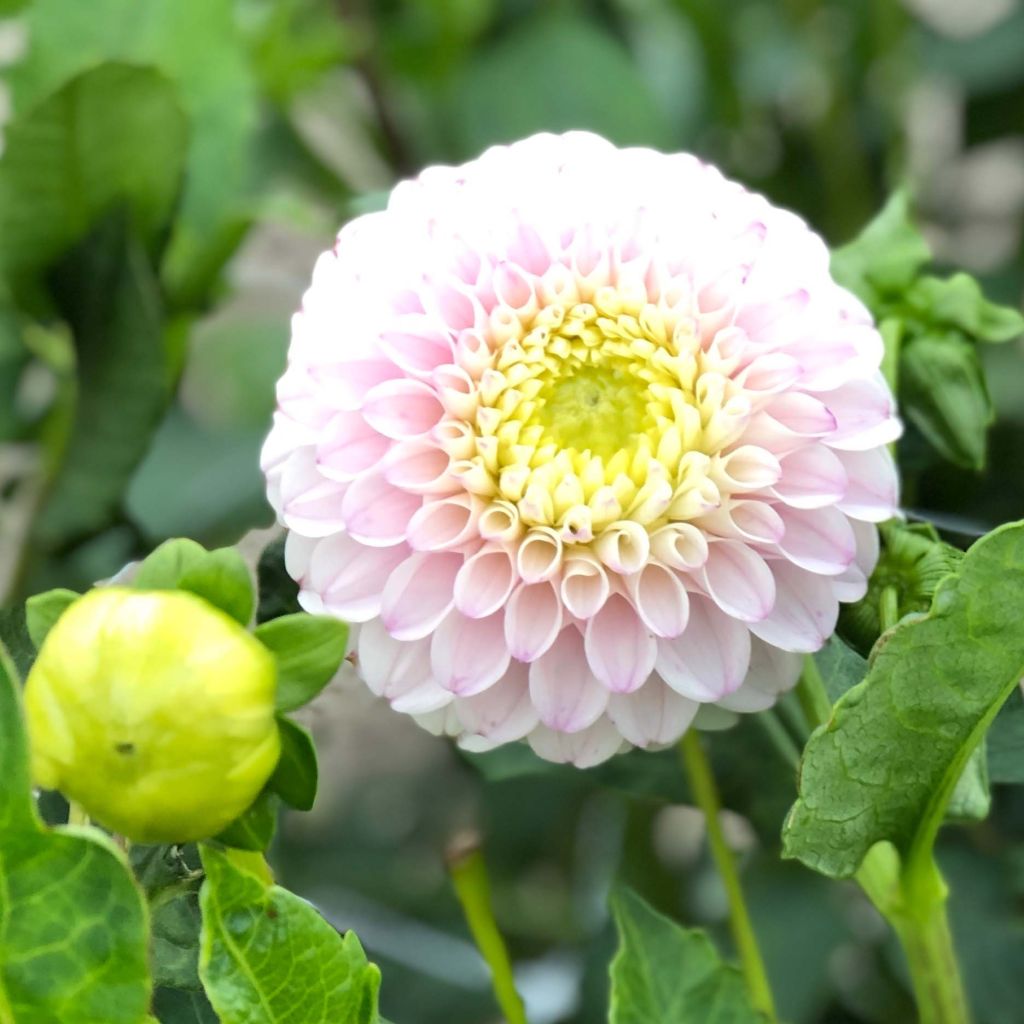

Dahlia Pink Pearl
Dahlia Pink Pearl
Dahlia Pink Pearl
Dahlia
Special offer!
Receive a €20 voucher for any order over €90 (excluding delivery costs, credit notes, and plastic-free options)!
1- Add your favorite plants to your cart.
2- Once you have reached €90, confirm your order (you can even choose the delivery date!).
3- As soon as your order is shipped, you will receive an email containing your voucher code, valid for 3 months (90 days).
Your voucher is unique and can only be used once, for any order with a minimum value of €20, excluding delivery costs.
Can be combined with other current offers, non-divisible and non-refundable.
Home or relay delivery (depending on size and destination)
Schedule delivery date,
and select date in basket
This plant carries a 6 months recovery warranty
More information
We guarantee the quality of our plants for a full growing cycle, and will replace at our expense any plant that fails to recover under normal climatic and planting conditions.
Does this plant fit my garden?
Set up your Plantfit profile →
Description
The 'Pink Pearl' Dahlia is a variety of dahlia known as a "ball" dahlia, and it certainly lives up to its name. Its flowers are perfectly round and delicately tinged with pale pink, resembling large pink pearls. They bloom continuously from July until the first frost, on a well-branched plant. Precisely organized in multiple cells, they have texture and incredible charm, both in flower beds and in romantic bouquets.
Dahlias belong to the Asteraceae family and are originally from the high plateaus of Mexico. Currently, the approximately 25,000 horticultural varieties created by humans have taken over gardens worldwide, much to our delight. The 'Pink Pearl' variety will reach about 90cm (35in) to 1m (3ft) in height and 70cm (28in) in diameter. It is a decorative group dahlia classified as a ball dahlia; this is a horticultural category defined by the shape of the flower. In this group, the flower heads are modest in size (7 to 9cm (3 to 4in)) but abundant, and the tubular ligules form a perfectly spherical inflorescence that has a cellular structure, somewhat like a honeycomb. The flowers of 'Pink Pearl' are globular and approximately 10cm (4in) in diameter. The white ligules are washed with very pale pink on the inside and lighten over time. The golden heart of the flower only appears late, just before wilting. The abundant flowering takes place from July to October. The habit is bushy and upright. The highly branched stems are hollow, and the leaves are opposite, pinnately compound, meaning they are divided into 3 or 5 deeply toothed lobes. The stems are light green and the leaves a vibrant green.
To encourage continuous flowering, take care to remove faded flowers or, even better, regularly make large colorful bouquets by combining it with other varieties. 'Pink Pearl' is perfect in flower beds with white, pink, blue, or purple flowers. This dahlia pairs perfectly with foxgloves, groundcover roses, and bellflowers. It also complements asters and tall daisies... This variety with its long, flowering stems allows you to enjoy bouquets well into the late season.
As a star plant for borders and cottage gardens, dahlias confidently accompany the most beautiful flowers but are also appreciated alongside vegetable plants. In Mexico, this tuberous plant was initially cultivated as a root vegetable for consumption. However, its poor taste qualities relegated it to the status of an ornamental plant. Since then, the interest in their beautiful exuberance has never waned.
Dahlia Pink Pearl in pictures


Plant habit
Flowering
Foliage
Botanical data
Dahlia
Pink Pearl
Asteraceae
Dahlia
Cultivar or hybrid
Other Pom-pom Dahlias
View all →Planting and care
The Dahlia 'Pink Pearl' is easy to grow in all regions. For abundant flowering, it is good to follow a few simple rules, plant the tubers in a sunny location as soon as the last frosts have passed, rich, fresh, and well-drained soils are perfect. However, stagnant moisture would promote tuber rot. Do not hesitate to amend the soil with compost and sand if necessary. Work the soil deeply and enrich it, for example, with crushed horn or dehydrated blood. Place your tuber and crumble the soil well to fill without air pockets. Your dahlia should be covered with about 6cm (2in) of soil. At the end of planting, water once abundantly and then regularly renew this watering for the first 6 weeks to help with rooting.
Dahlias are sensitive to cold, they need to be overwintered. In November, the first frosts blacken the foliage, it's time to dig them up. Carefully unearth the tubers. Remove as much soil as possible. Let the foliage dry so that the tubers can replenish their reserves. Then cut the stems to 10cm (4in). Spread your bulbs in a crate on newspaper. Store them in a frost-free, dry, cool, and dark place, such as a garage or attic. In regions in the South, close to the coast, where there are only a few days of frost per year, it is possible to leave them in place. In this case, simply cover the ground with a carpet of leaves or straw for protection.
Planting period
Intended location
Care
Planting & care advice
This item has not been reviewed yet - be the first to leave a review about it.
Similar products
Haven't found what you were looking for?
Hardiness is the lowest winter temperature a plant can endure without suffering serious damage or even dying. However, hardiness is affected by location (a sheltered area, such as a patio), protection (winter cover) and soil type (hardiness is improved by well-drained soil).

Photo Sharing Terms & Conditions
In order to encourage gardeners to interact and share their experiences, Promesse de fleurs offers various media enabling content to be uploaded onto its Site - in particular via the ‘Photo sharing’ module.
The User agrees to refrain from:
- Posting any content that is illegal, prejudicial, insulting, racist, inciteful to hatred, revisionist, contrary to public decency, that infringes on privacy or on the privacy rights of third parties, in particular the publicity rights of persons and goods, intellectual property rights, or the right to privacy.
- Submitting content on behalf of a third party;
- Impersonate the identity of a third party and/or publish any personal information about a third party;
In general, the User undertakes to refrain from any unethical behaviour.
All Content (in particular text, comments, files, images, photos, videos, creative works, etc.), which may be subject to property or intellectual property rights, image or other private rights, shall remain the property of the User, subject to the limited rights granted by the terms of the licence granted by Promesse de fleurs as stated below. Users are at liberty to publish or not to publish such Content on the Site, notably via the ‘Photo Sharing’ facility, and accept that this Content shall be made public and freely accessible, notably on the Internet.
Users further acknowledge, undertake to have ,and guarantee that they hold all necessary rights and permissions to publish such material on the Site, in particular with regard to the legislation in force pertaining to any privacy, property, intellectual property, image, or contractual rights, or rights of any other nature. By publishing such Content on the Site, Users acknowledge accepting full liability as publishers of the Content within the meaning of the law, and grant Promesse de fleurs, free of charge, an inclusive, worldwide licence for the said Content for the entire duration of its publication, including all reproduction, representation, up/downloading, displaying, performing, transmission, and storage rights.
Users also grant permission for their name to be linked to the Content and accept that this link may not always be made available.
By engaging in posting material, Users consent to their Content becoming automatically accessible on the Internet, in particular on other sites and/or blogs and/or web pages of the Promesse de fleurs site, including in particular social pages and the Promesse de fleurs catalogue.
Users may secure the removal of entrusted content free of charge by issuing a simple request via our contact form.
The flowering period indicated on our website applies to countries and regions located in USDA zone 8 (France, the United Kingdom, Ireland, the Netherlands, etc.)
It will vary according to where you live:
- In zones 9 to 10 (Italy, Spain, Greece, etc.), flowering will occur about 2 to 4 weeks earlier.
- In zones 6 to 7 (Germany, Poland, Slovenia, and lower mountainous regions), flowering will be delayed by 2 to 3 weeks.
- In zone 5 (Central Europe, Scandinavia), blooming will be delayed by 3 to 5 weeks.
In temperate climates, pruning of spring-flowering shrubs (forsythia, spireas, etc.) should be done just after flowering.
Pruning of summer-flowering shrubs (Indian Lilac, Perovskia, etc.) can be done in winter or spring.
In cold regions as well as with frost-sensitive plants, avoid pruning too early when severe frosts may still occur.
The planting period indicated on our website applies to countries and regions located in USDA zone 8 (France, United Kingdom, Ireland, Netherlands).
It will vary according to where you live:
- In Mediterranean zones (Marseille, Madrid, Milan, etc.), autumn and winter are the best planting periods.
- In continental zones (Strasbourg, Munich, Vienna, etc.), delay planting by 2 to 3 weeks in spring and bring it forward by 2 to 4 weeks in autumn.
- In mountainous regions (the Alps, Pyrenees, Carpathians, etc.), it is best to plant in late spring (May-June) or late summer (August-September).
The harvesting period indicated on our website applies to countries and regions in USDA zone 8 (France, England, Ireland, the Netherlands).
In colder areas (Scandinavia, Poland, Austria...) fruit and vegetable harvests are likely to be delayed by 3-4 weeks.
In warmer areas (Italy, Spain, Greece, etc.), harvesting will probably take place earlier, depending on weather conditions.
The sowing periods indicated on our website apply to countries and regions within USDA Zone 8 (France, UK, Ireland, Netherlands).
In colder areas (Scandinavia, Poland, Austria...), delay any outdoor sowing by 3-4 weeks, or sow under glass.
In warmer climes (Italy, Spain, Greece, etc.), bring outdoor sowing forward by a few weeks.































